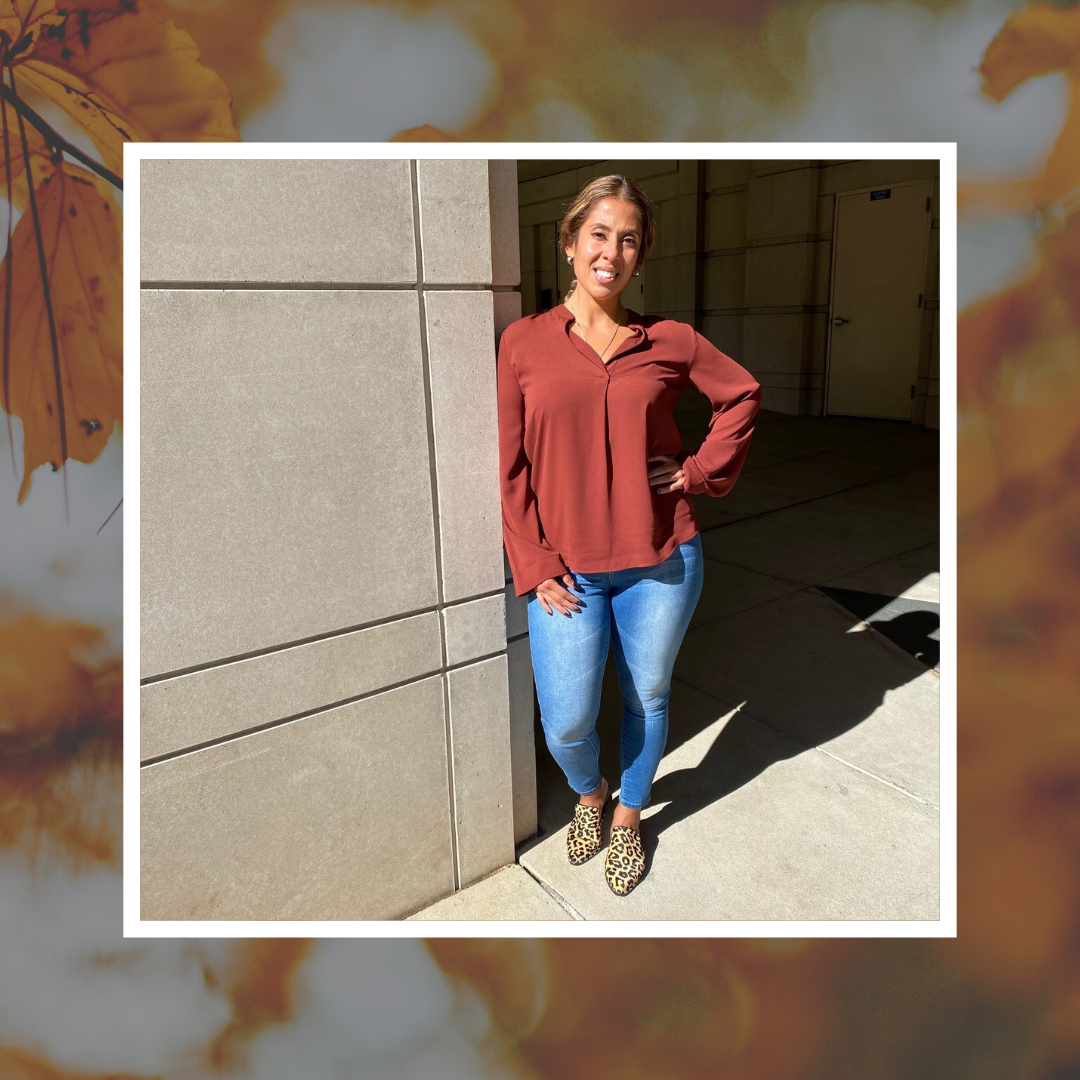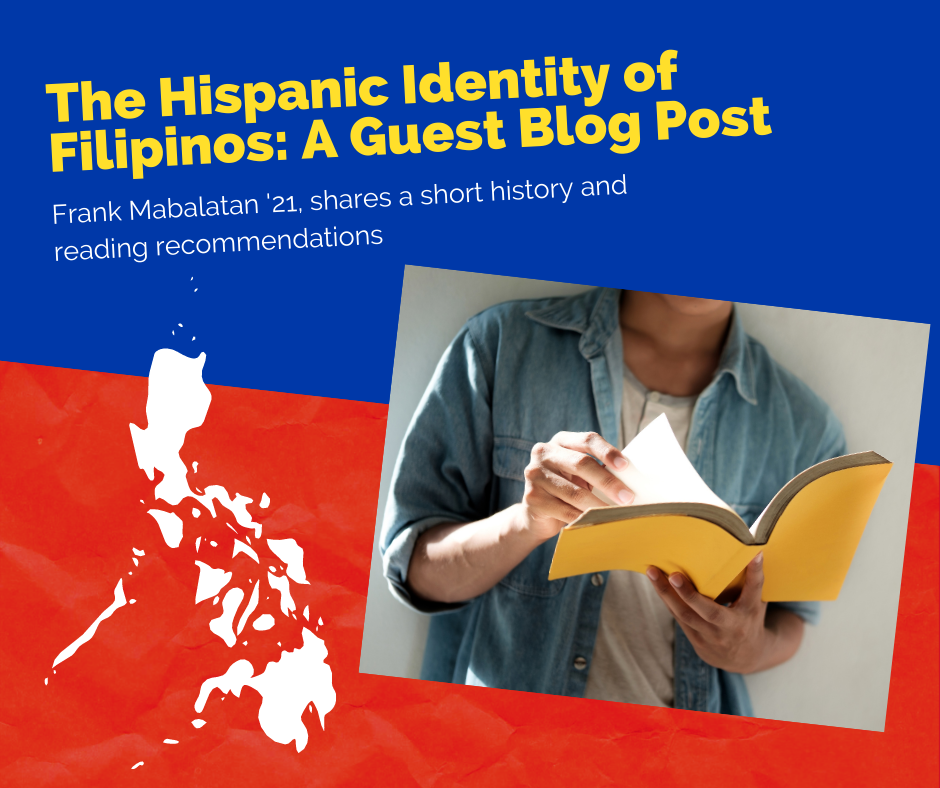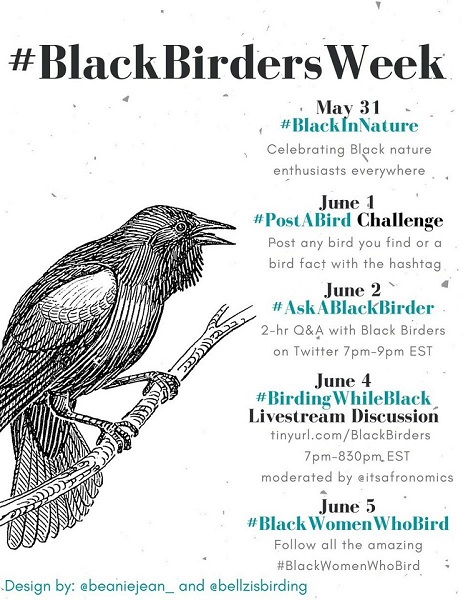Priscilla Tejada is a Circulation Clerk and has been working at Seton Hall for 17 years. She is one of the first people you see when you walk into Walsh Library’s second floor at the main desk. She first started working in Government Documents and Periodicals and then moved to the Circulation / Access Services department. Priscilla is a key member of the library team and helps to keep many of the physical library operations running. In addition to checking out books, reserves, and other library materials to students, faculty, staff, administrators, and alumni, she works with the other Access Services staff to answer questions about the library, and helps to supervise library student workers.
We want to thank Priscilla for her hard work and share a little bit of information about her so you can get to know her better. Make sure to say “hello” the next time you visit or call the library circulation desk!
- What is a book that everyone should read? The Power of Now: A Guide to Spiritual Enlightenment by Eckhart Tolle. With so much going on in our daily lives and in the world we forget to be present with what is around us (using our 5 senses). For me, I am always thinking of the future, which is not a bad thing, but sometimes when I think of the future it tends to be worrisome. Being present and enjoying all the great things that are happening now is what we should appreciate. Like the old saying goes, “Stop and smell the roses.”
- What are you watching these days? Designated Survivor on Netflix.
- Print book or eBook? Nothing like a good ol’ physical book, turning the pages, the smell of the book. And print books don’t hurt my eyes as much as an eBooks.
- What is the best way to rest / decompress? Working out at the gym would be my way to decompress, I call it my ZEN! I get in a zone and all my worries are either “laid to rest” for the time being or I can get my thoughts together to better serve me. Its like a two for one. I am working out for a physical purpose, but I am also helping my mental well-being. Also, listening to music.
- What is your favorite spot on campus? The Green, especially if you like to people-watch.
- Do you have a good take-out or delivery spot you’d recommend? Master Pizza (they have 4 locations, we use the West Orange location). They have a variety of options and they also have a daily specials menu.
- What advice would you give to your 20-year old self? Not to stay in comfort zones for too long. Taking chances and having new experiences is what life is about even if it ends up being something we don’t like.
- What is your favorite app? I don’t think I have a favorite app but here are some apps I may visit daily: Amazon, Medium, Influenster, Co-Star, Pinterest , Instagram and Youtube.
- What is a skill you are working on mastering? Passing the NJ Real Estate Exam.
- What is something most people don’t know about you? I feel that rice is overrated even though I grew up eating rice and beans.
- What’s one ingredient you put in everything? Pepper.
- What person living or dead would you like to have dinner with? My abuelita Alba (grandmother passed away two years ago).








